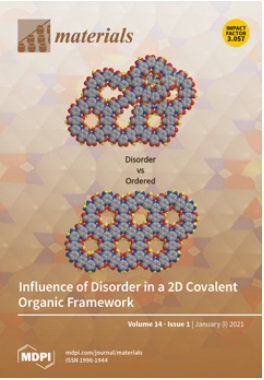In this study, GNF@ZnO composites (gelatin nanofibers (GNF) with zinc oxide (ZnO) nanoparticles (NPs)) as a novel antibacterial agent were obtained using a wet chemistry approach. The physicochemical characterization of ZnO nanoparticles (NPs) and GNF@ZnO composites, as well as the evaluation of their antibacterial activity toward Gram-positive (Staphyloccocus aureus and Bacillus pumilus) and Gram-negative (Escherichia coli and Pseudomonas fluorescens) bacteria were performed. ZnO NPs were synthesized using a facile sol-gel approach. Gelatin nanofibers (GNF) were obtained by an electrospinning technique. GNF@ZnO composites were obtained by adding previously produced GNF into a Zn2+ methanol solution during ZnO NPs synthesis. Crystal structure, phase, and elemental compositions, morphology, as well as photoluminescent properties of pristine ZnO NPs, pristine GNF, and GNF@ZnO composites were characterized using powder X-ray diffraction (XRD), FTIR analysis, transmission and scanning electron microscopies (TEM/SEM), and photoluminescence spectroscopy. SEM, EDX, as well as FTIR analyses, confirmed the adsorption of ZnO NPs on the GNF surface. The pristine ZnO NPs were highly crystalline and monodispersed with a size of approximately 7 nm and had a high surface area (83 m2/g). The thickness of the pristine gelatin nanofiber was around 1 µm. The antibacterial properties of GNF@ZnO composites were investigated by a disk diffusion assay on agar plates. Results show that both pristine ZnO NPs and their GNF-based composites have the strongest antibacterial properties against Pseudomonas fluorescence and Staphylococcus aureus, with the zone of inhibition above 10 mm. Right behind them is Escherichia coli with slightly less inhibition of bacterial growth. These properties of GNF@ZnO composites suggest their suitability for a range of antimicrobial uses, such as in the food industry or in biomedical applications.

